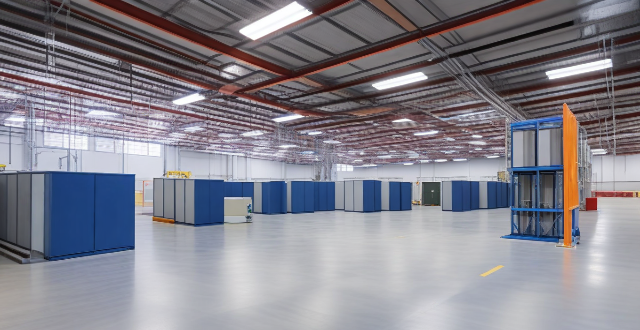Pumped hydro storage systems are crucial for renewable energy integration by offering reliable and efficient energy storage, balancing supply and demand, enhancing grid stability and reliability, facilitating higher penetration of renewables, providing ancillary services, and delivering economic benefits.

Role of Pumped Hydro Storage Systems in Renewable Energy Integration
Pumped hydro storage systems play a crucial role in renewable energy integration by providing a reliable and efficient means of storing excess energy generated from renewable sources such as wind and solar power. Here are some key aspects of their role:
Energy Storage and Balancing Supply and Demand
- Energy Storage: Pumped hydro storage systems store excess energy by pumping water from a lower reservoir to an upper reservoir during times when renewable energy production exceeds demand.
- Balancing Supply and Demand: When there is a shortage of renewable energy production, the stored water is released back to the lower reservoir, generating electricity through turbines to meet the demand.
Enhancing System Stability and Reliability
- Grid Stability: Pumped hydro storage systems help maintain grid stability by quickly responding to fluctuations in supply and demand, ensuring a stable frequency and voltage.
- Reliability: By providing a backup source of energy during periods of low renewable production, pumped hydro storage systems increase the overall reliability of the power system.
Facilitating Higher Penetration of Renewables
- Peak Shaving: Pumped hydro storage systems can reduce the need for conventional peaking plants by providing energy during peak demand periods, allowing for higher penetration of renewables.
- Load Following: These systems can adjust their output to match variations in load, enabling more consistent operation of renewable sources that may not always produce energy at the same rate as needed.
Providing Ancillary Services
- Frequency Regulation: Pumped hydro storage systems can regulate frequency by adjusting their output to compensate for sudden changes in load or generation, maintaining the balance between supply and demand.
- Voltage Support: They can also provide reactive power support to maintain voltage levels within acceptable ranges, improving the overall performance of the power system.
Economic Benefits
- Cost-Effectiveness: Pumped hydro storage systems have relatively low operating costs compared to other forms of energy storage, making them economically viable for large-scale applications.
- Longevity: These systems have long lifespans, typically ranging from 40 to 100 years, offering long-term benefits for renewable energy integration.
In summary, pumped hydro storage systems play a multifaceted role in renewable energy integration by providing essential energy storage capabilities, enhancing system stability and reliability, facilitating higher penetration of renewables, offering ancillary services, and delivering economic benefits.